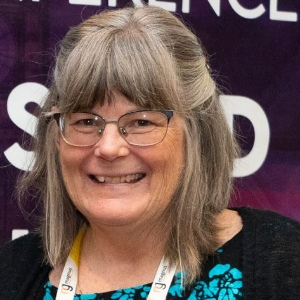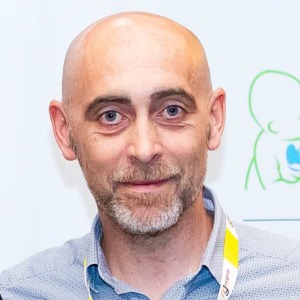Paediatric hair disorders encompass a diverse array of conditions affecting the hair and scalp in children, presenting unique challenges for both diagnosis and management. From congenital anomalies to acquired disorders, this intricate domain of Paediatric dermatology encompasses disorders such as trichotillomania, tinea capitis, alopecia areata, and various genetic syndromes with associated hair abnormalities. Trichotillomania, a compulsive hair-pulling disorder, manifests in children, often requiring a multidisciplinary approach involving psychiatrists and dermatologists. Tinea capitis, a fungal infection of the scalp, poses a common challenge, necessitating prompt identification and antifungal treatment to prevent spread and complications. Alopecia areata, an autoimmune condition resulting in hair loss, manifests uniquely in Paediatric patients, prompting exploration of underlying immune dysregulation and potential associations with other autoimmune disorders. Genetic syndromes like trichorhinophalangeal syndrome and Menkes disease underscore the intricate interplay between genetics and hair development. Additionally, disorders such as traction alopecia and central centrifugal cicatricial alopecia highlight the impact of cultural practices and hairstyles on Paediatric hair health. Diagnosing and managing these disorders require a nuanced understanding of developmental variations, age-specific presentations, and the psychosocial implications of hair loss in the Paediatric population. Incorporating advanced diagnostic tools, including tracheoscopy and genetic testing, enhances precision in diagnosis and enables tailored therapeutic interventions. Therapeutic modalities span topical treatments, systemic medications, and procedural interventions, each carefully considered in the context of a child's age, overall health, and familial factors. Collaborative efforts between Paediatricians, dermatologists, geneticists, and mental health professionals are paramount to comprehensively address the complex landscape of Paediatric hair disorders, ensuring not only effective management but also fostering the emotional well-being of the young patients and their families. Amidst the intricacies of this field, ongoing research and technological advancements continue to deepen our understanding and refine therapeutic approaches, offering hope for improved outcomes and enhanced quality of life for children grappling with these unique hair-related challenges.







